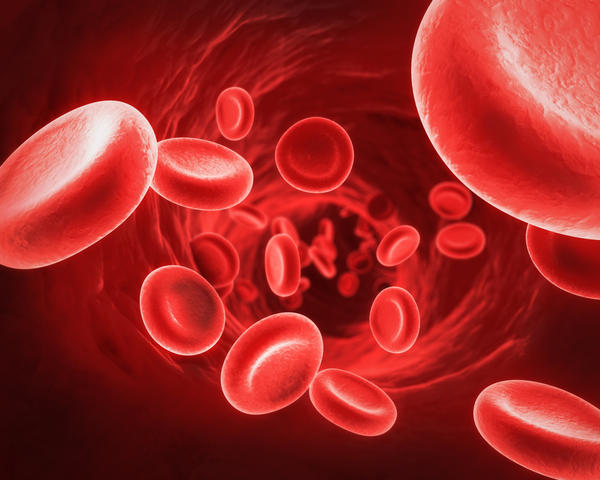The cells that circulate in the bloodstream perform various functions and, in adults, are derived from progenitor cells in the bone marrow. Mutations in the DNA sequences of progenitor cells can lead to changes in blood-cell development, sometimes resulting in cancer. Owing to technical constraints, elucidating the effects of progenitor mutations on blood-cell development has been challenging. Writing in Nature, Nam et al.1 report a method for detecting mutations and measuring gene expression in individual blood progenitor cells, and use it to analyse a mixture of progenitors with or without mutations in a cancer-linked gene. They show that progenitors that have the same mutation can give rise to cells with different gene-expression profiles.
Haematopoiesis — the process through which mature blood cells are formed from progenitors — is tightly regulated. The ‘decision’ that progenitor cells make as to which cell type to become is generally determined by the signals that they receive from their immediate surroundings. However, mutations that sometimes arise in these progenitor cells can result in the signals being blocked, over-amplified or simply ignored, resulting in the enrichment or depletion of specific cell types and, in some cases, production of cancerous clones. Understanding how mutations in progenitor cells lead to changes in the production of different cell types is a key question.
Investigating how mutations in a progenitor cell affect its gene expression, and thus its identity and function, has been highly challenging, largely because mutant cells can be rare and often do not express molecular markers that can be used to separate them physically from non-mutant cells. Strategies to simultaneously detect genetic differences and measure gene expression in single cells have been used to assign cells from a mixture of immune blood cells to their human donor of origin2, and to study changes in populations of host and donor cells in individuals with a type of blood cancer who received stem-cell transplants3. However, combined approaches have not been extensively used to examine the effects of mutations in cancer-associated genes on blood-cell development.
Nam et al. designed a method called ‘genotyping of transcriptomes’ (GoT) by combining an existing platform for profiling gene expression3 with a technique for amplifying a specific genetic sequence to detect mutations in it (Fig. 1). They used this method to analyse thousands of progenitor cells sampled from the bone marrow of five individuals with a form of blood cancer that is caused by mutations in the CALR gene, and that is characterized by overproduction of platelet cells. GoT enabled the authors to ascertain which of the sampled cells carried a CALR mutation and which did not.







